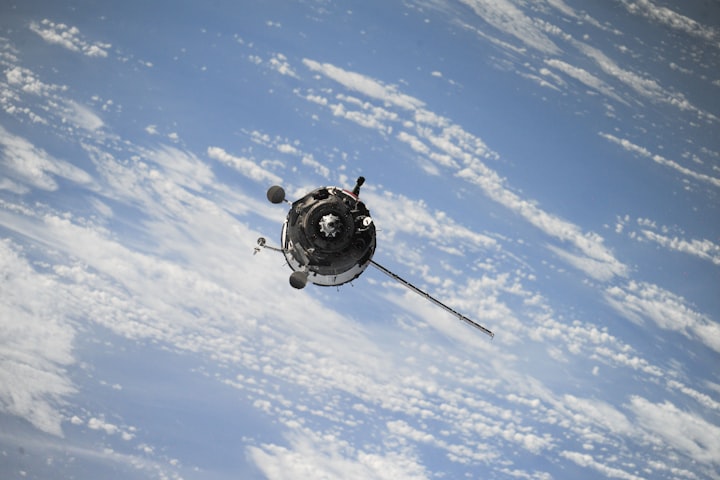THE SPACE RACE
"Beyond Earth's Grasp: The Epic Saga of the Space Race"
The space race refers to the competition between the United States and the Soviet Union during the Cold War era to achieve advancements in space exploration and technology. It began in the late 1950s and lasted until the early 1970s. Here's an overview of the space race:
1. Origins: The space race started with the launch of Sputnik 1, the world's first artificial satellite, by the Soviet Union on October 4, 1957. This event shocked the United States, as it demonstrated Soviet superiority in space technology and raised concerns about national security.
2. Key Milestones:
- Yuri Gagarin's Flight: On April 12, 1961, Soviet cosmonaut Yuri Gagarin became the first human to orbit the Earth, marking a significant achievement for the Soviet space program.
- Alan Shepard's Flight: On May 5, 1961, American astronaut Alan Shepard became the first American to travel to space, although his suborbital flight did not achieve a complete orbit.
- Moon Landing: The crowning achievement of the space race came on July 20, 1969, when American astronauts Neil Armstrong and Buzz Aldrin landed on the Moon during the Apollo 11 mission. Armstrong famously took the first steps on the lunar surface, stating, "That's one small step for man, one giant leap for mankind."
3. Programs and Missions:
- Soviet Space Program: The Soviet Union launched several key missions during the space race, including the Vostok program (which carried Gagarin into space), the Voskhod program, and the Luna program (which sent unmanned missions to the Moon).
- American Space Program: The United States established the National Aeronautics and Space Administration (NASA) in 1958. NASA's Mercury program aimed to put Americans into space, followed by the Gemini program, which focused on developing spaceflight techniques. The Apollo program, specifically Apollo 11, achieved the goal of landing humans on the Moon.
4. Technological Advances: The space race spurred rapid advancements in space technology. Both the United States and the Soviet Union made significant progress in rocketry, satellite development, human spaceflight, and space exploration techniques. This period saw the development of powerful rockets like the Soviet R-7 and the American Saturn V, as well as advancements in areas such as life support systems, space capsules, and guidance systems.
5. Legacy: The space race had a lasting impact on science, technology, and society. It inspired a generation of scientists, engineers, and astronauts and led to numerous technological spin-offs, such as satellite communications, weather forecasting, and global positioning systems. The space race also had political and ideological implications, as the United States and the Soviet Union sought to demonstrate their scientific and technological prowess as a means of asserting their respective political systems.
Following Apollo 11, the United States continued its lunar exploration efforts with subsequent Apollo missions until 1972. Meanwhile, the Soviet Union focused on developing space stations, such as the Salyut and later the Mir, where they conducted long-duration manned missions.
The space race gradually lost momentum in the 1970s as both nations shifted their priorities and faced economic challenges. The United States shifted its focus to the development of the Space Shuttle, a reusable spacecraft designed to transport both humans and cargo into space. The Soviet Union continued its space station programs and eventually developed the Buran, a space shuttle-like vehicle
In the 1990s, following the end of the Cold War and the dissolution of the Soviet Union, space exploration became more collaborative between former rivals. The International Space Station (ISS) became a joint project involving NASA, Roscosmos (the Russian space agency), and other international partners.
Today, the space race has evolved into a more global and collaborative effort, with multiple countries and private companies actively engaged in space exploration and research. The focus has shifted towards long-term space missions, such as Mars exploration, and the development of new technologies to advance our understanding of the universe and potentially establish a human presence beyond Earth.
About the Creator
CHIMA DANIEL
CHIMA is a seasoned writer with a passion for history, armed with extensive research skills and a deep understanding of historical events, transporting readers to different eras and breathing life into long-forgotten tales.







Comments
There are no comments for this story
Be the first to respond and start the conversation.